So, you’ve enjoyed one or two recent club ride outs and you are thinking of offering to run one yourself to one of your favourite venues, but there’s a little nagging doubt at the back of your mind on how to go about it! Well, rest assured even the now most experienced run leaders had that same doubt at the beginning, so between us, we have put together the basic organisational points to help you in the task.
Preparation
The very first point is selecting the end venue / point of interest (point C) to be visited and researching what facilities there are for parking a large group, refreshments / catering facilities available, toilets, admission charges if applicable with group discounts etc. The internet, Tourist Brochures and the venues own publicity are all valuable sources of information in this respect. Motorcyclists are always hungry and thirsty and good facilities at the venue can make such a difference to the overall success.
Next you have to consider the start point of your ride (point A). Again sufficient parking for the group to assemble is key and it helps if there is a coffee /tea shop nearby, but non-availability of the latter should not rule out any particular start point if it suits you and the end objective.
Now comes the route planning. There are many ways of achieving this by using a Satnav, Garmin Basecamp, or ordinance survey maps in the first instance to plot out an interesting and scenic route. There is no “stick only to B and C class roads and avoid A roads and Motorways policy”, it is very much a case of knowing / actually riding the roads you have chosen and remembering that the busier the road the more challenging it will be to keep the group together. In particular, using the drop off system (more of that later) will be difficult on some Primary A roads and illegal on a motorway thus best avoided if at all possible. Do not be over ambitious on the total distance to be covered as group riding does require a slightly higher degree of concentration for those involved than solo riding, 60-70 miles is a good bench marque. Ideally a coffee / natter stop at the halfway / two thirds point (point B) is again always much appreciated, but this certainly requires prior knowledge or some practical research. While 60-70 miles is only an hours’ riding solo, when leading a group on a cleverly selected and scenic route it will now take considerably longer. Adding the coffee stop will increase the overall time from start to arrival. So, leaving your start point A via B to C could take 2 ½ – 3 hours, but so what, it is not a race and is meant to be an enjoyable social event.
Once you have worked out your route and any comfort stop, it really is essential to ride it yourself to check its suitability and adjust as and where necessary. It’s a brilliant reason to get out on the bike and enjoy yourself anyway you cut it. Once you have satisfied yourself of the route you now need to find a fellow member to act as “Tail End Charlie” to brief on the route in order to pick up the turn and junction markers from the “drop off system”.
Now you’ve refined all the details it is important to establish your start point arrival and depart time in order to circulate that information to club members.
Finally, it is a good idea to draft a few notes for the pre-departure briefing. It not only helps to put you at ease by working to a script it ensures no important detail is left out. This should include:
- A welcome to everybody
- An introduction of yourself as leader wearing the orange vest
- The final destination postcode or grid reference
- The coffee stop postcode or grid reference
- A general question to find out if anyone is unfamiliar with the “Drop Off” system
A brief explanation as necessary on the crucial points of the “Drop Off System” and introduction of your Tail End rider and his / her role in the orange vest. By emphasising that this method of marking the route allows everyone to ride at their own speed and within their comfort zone and that there is no need to chase down the rider ahead you will re-assure any newcomers and less experienced riders. It is vital to highlight that once marking a junction / turn that rider must stay there despite the perceived time gap until the designated Tail End rider arrives and signals them to rejoin the ride. In the event there is / are riders that have not experienced the “Drop Off” system it helps to put them in the group a few riders back from yourself perhaps interspersed with experienced riders so they witness the process early on and gain confidence.
Important to state that you will be riding within all speed limits as appropriate on the route and everyone should maintain position in the group and not overtake the rider ahead.
Last but not least – “Any Questions?”
On The Day
Arrive at the start point in good to welcome riders and pillions at which point it is worth checking each rider has a full tank to start. Nothing worse than one rider stopping to refuel during the ride. Relax, you’ve done all the hard work, now it is for the fun.
Brief the group as per your notes and at the appointed time lead off
At the coffee stop, take the time to check with your Tail Ender for any problems and engage with members of the group paying particular attention to any newcomers and less experienced riders.
Originally posted 2017-03-20 18:07:10.

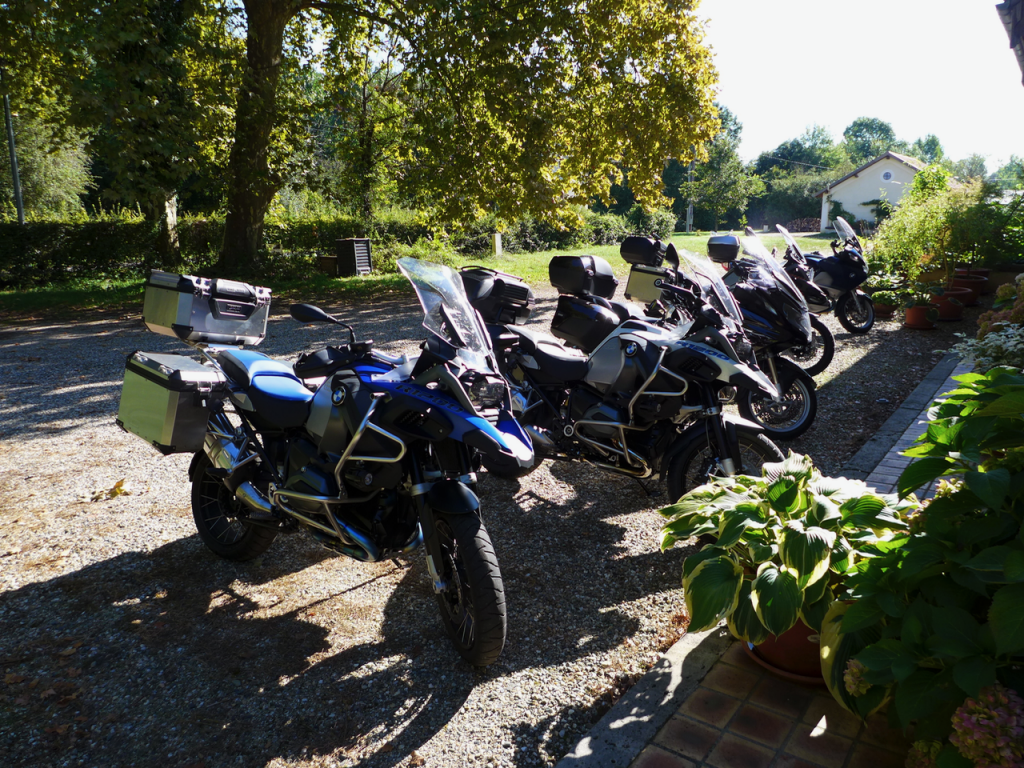

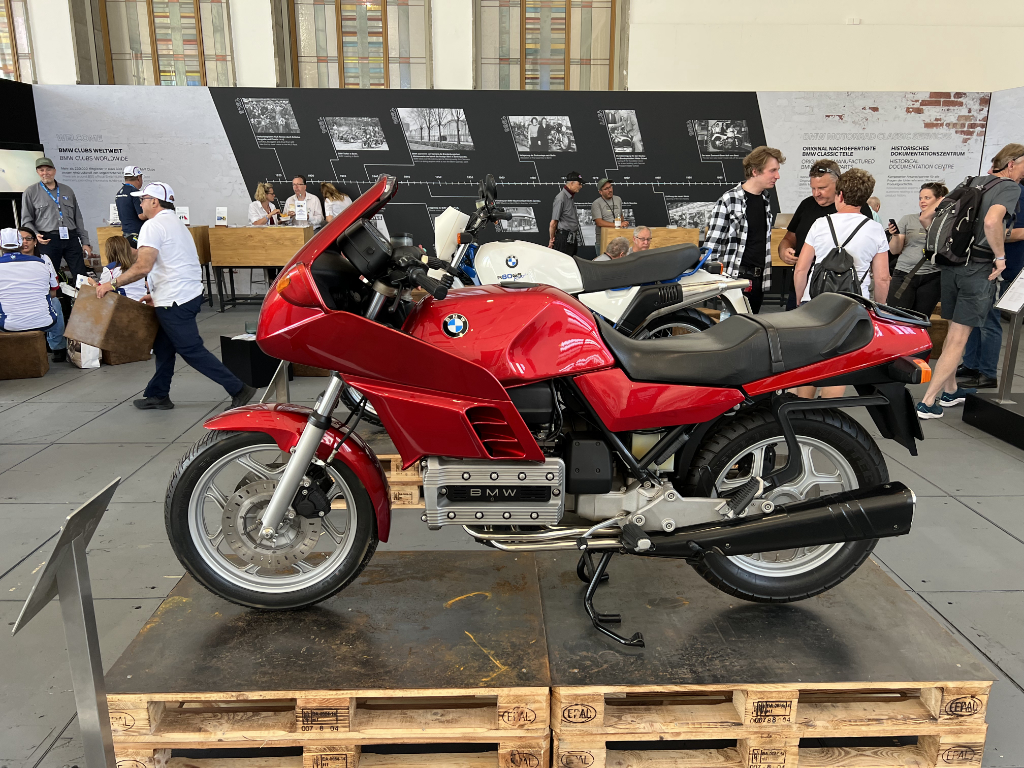
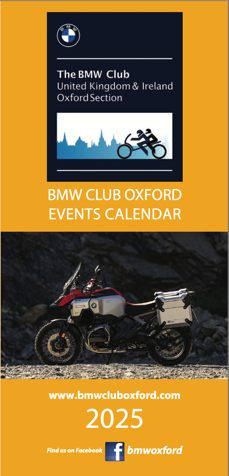
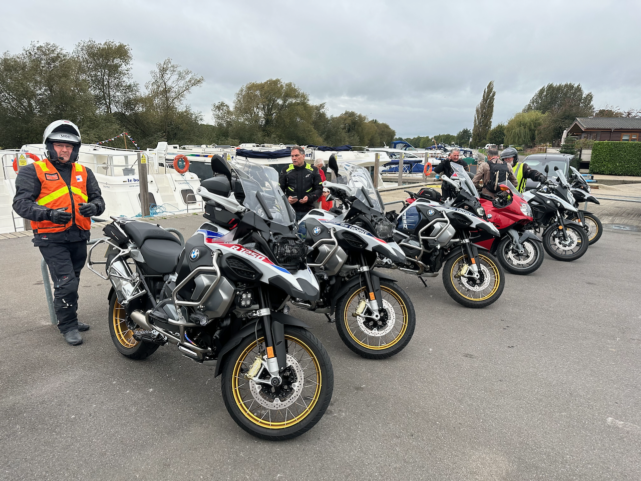


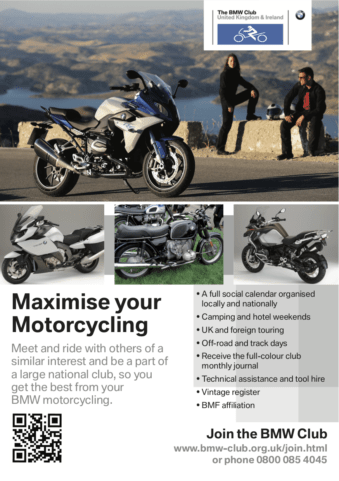
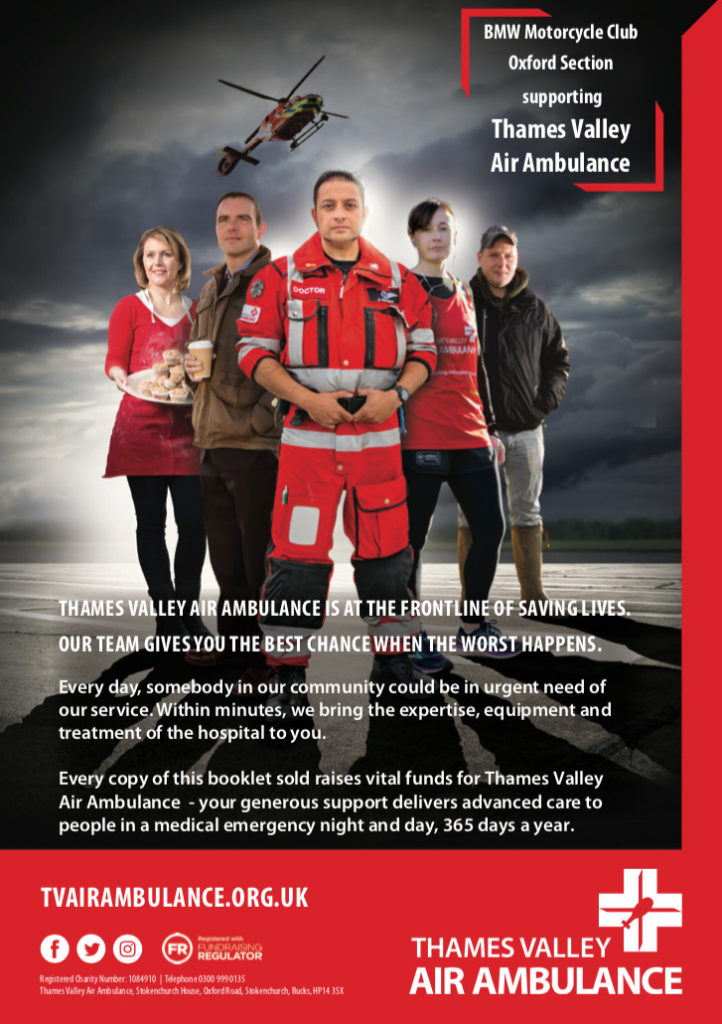
You must be logged in to post a comment.